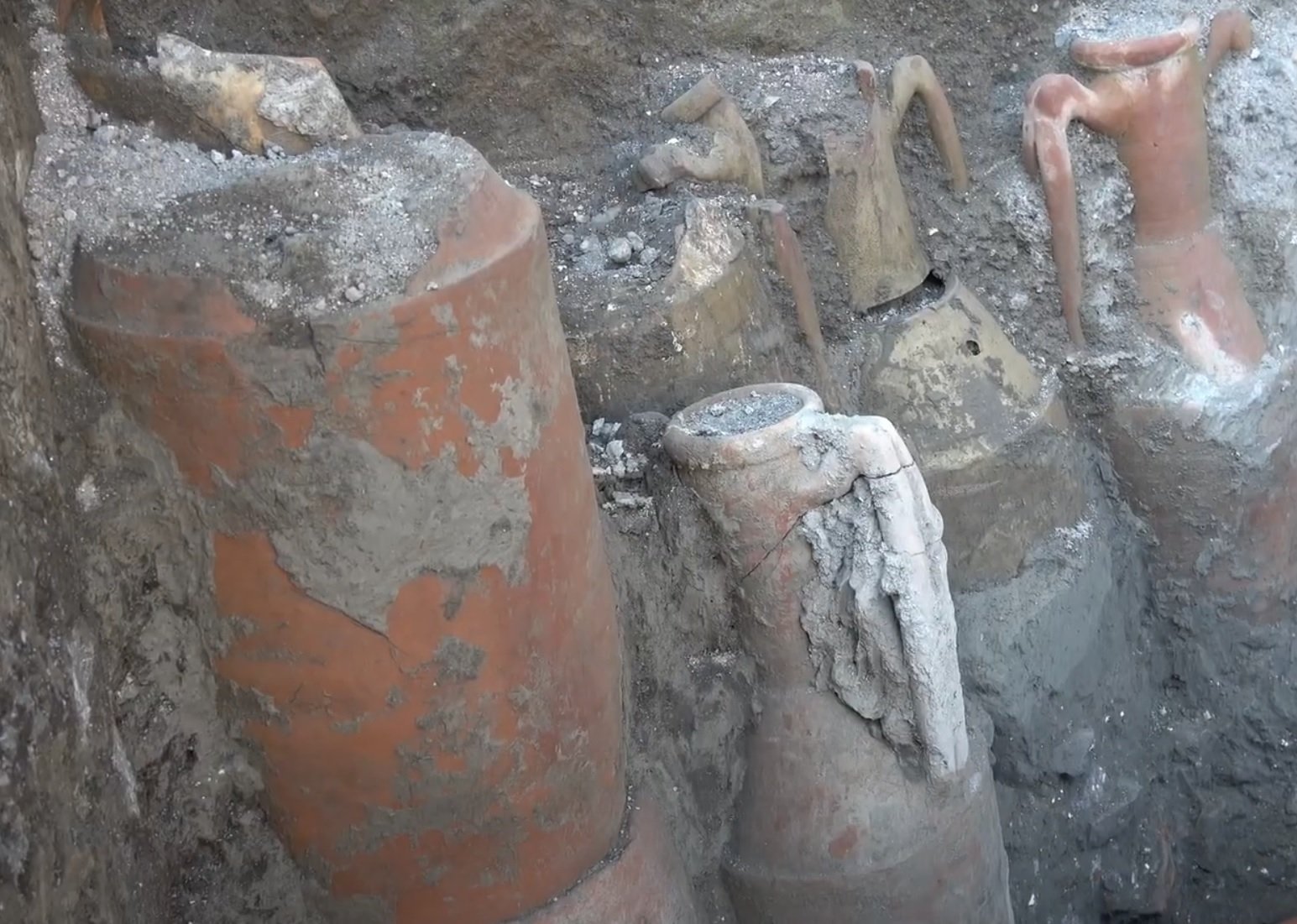Archaeologists from the University of Tokyo have uncovered possible traces of the Villa of Augustus during excavations at Somma Vesuviana.
Somma Vesuviana is a town and commune in the Metropolitan City of Naples, Italy. During the Roman period, the area was a resort for rich patricians of Rome, or for rich estate owners who constructed large villa complexes.
Excavations in the Nola area during the 1930’s uncovered a large Roman villa interpreted as the Villa of Augustus, which has been subject to ongoing archaeological investigations since 2002.
The villa actually dates from the 2nd century AD, however, more recent studies have discovered traces of a building in a lower context that dates from around the reign of Augustus.

Gaius Julius Caesar Augustus (born Gaius Octavius), was Roman emperor from 27 BC until his death in AD 14. He is credited as being the founder of the Roman Empire and the Principate system of government which lasted until the Crisis of the Third Century.
According to accounts by Tacitus and Suetonius, Augustus died in a villa located on the northern side of Mount Vesuvius, which was later consecrated as a temple for his Imperial cult.
Archaeologists used radiocarbon dating and a physical and chemical analysis of the volcanic pumice layers covering the earlier building, the results of which confirmed that the building predates the Vesuvian eruption in AD 79 which destroyed Pompeii and Herculaneum.
The eruption released a deadly cloud of super-heated tephra and gases to a height of 33 km, ejecting molten rock, pulverised pumice, and hot ash at 1.5 million tons per second. Excavations within the building have uncovered pieces of walls and roof tiles that collapsed due to pyroclastic flows as the volcanic material travelled down the northern side of the volcano.
According to a press statement by the University of Tokyo: “This suggests that even the northern foothills of Mount Vesuvius, where the effects of the AD 79 eruption were said to have been less severe than the southeastern region of the mountain, were also affected by the eruption with destructive power.”
To further support the supposition of the building being the Villa of Augustus, the team conducted the same physical and chemical dating of volcanic material on adjacent buildings associated with the early villa complex.
Furthermore, radiocarbon dating of charcoal collected from the ruins of a “kiln”-like structure has dated the material to the early 1st century AD. The discovery of 1st century AD amphorae within the ruins indicate that the “kiln”-like structure was later converted into a warehouse before the eruption.
Studies of the 2nd century building has also revealed that it reused architectural features from the earlier building, demonstrating a transition from “disaster” to “reconstruction” in the area around Mount Vesuvius.
Header Image Credit : UTokyo Foundation
Sources : University of Tokyo







